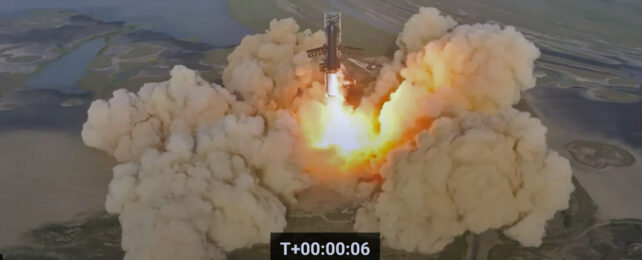SpaceX just launched the most powerful rocket the world has ever seen – so powerful that it's a problem.
The 40-story Starship mega-rocket flew toward space for the first time on April 20. At liftoff, the rocket's Super Heavy booster fired more than two dozen truck-sized Raptor engines at once, blasting the launchpad with up to 15 million pounds of force.
That sent debris flying, rained soil and sand on a town five miles away, and left a large crater where the launchpad was.
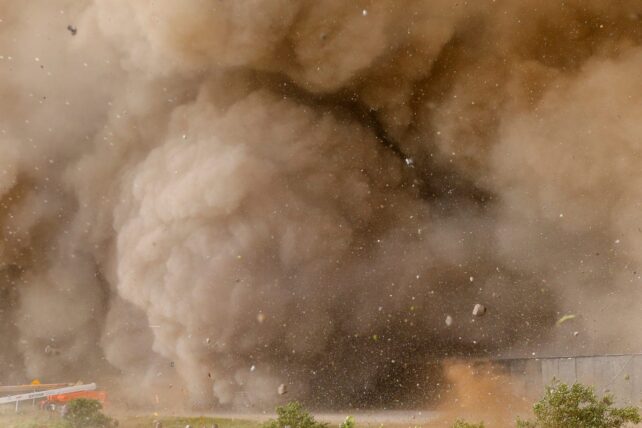
Then, 24 miles above the ground, the booster failed to separate – an essential step to allow Starship to continue on to space. That sent the whole rocket tumbling until SpaceX triggered its "flight termination system," making the rocket explode.
Now the Federal Aviation Administration is grounding Starship while it investigates. This is standard FAA procedure for what it refers to as "mishap investigations."
SpaceX CEO Elon Musk was eager to launch again, within two months, he said on Twitter.
But Musk has previously admitted that he tends to be overly optimistic about launch dates, and according to an FAA statement, SpaceX's lineup of Starship rockets will remain grounded until the agency determines that "any system, process, or procedure related to the mishap does not affect public safety."
"Depending on circumstances, some mishap investigations might conclude in a matter of weeks. Other more complex investigations might take several months," the FAA told Insider in an email.
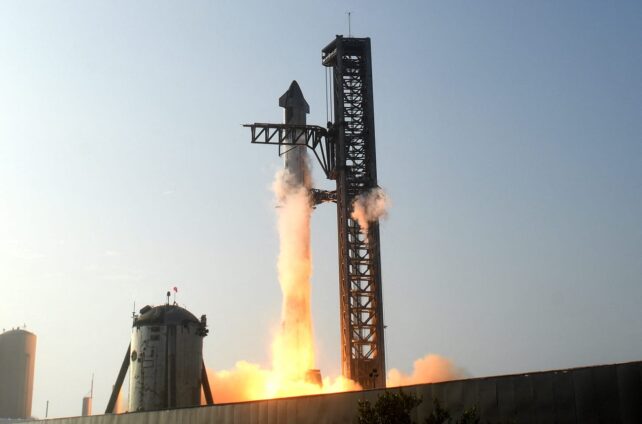
Musk has previously criticized FAA regulations for slowing down Starship's progress. After all, this is not the agency's first inquiry into SpaceX's Starship operations. A previous mishap investigation held up a prototype test flight for nearly three weeks.
As of Wednesday afternoon, however, Musk's Twitter account remained silent on the new federal inquiry. SpaceX did not immediately respond to a request for comment.
In the meantime, in addition to the investigation, the company must assess and repair damage to its launchpad from the rocket's forceful liftoff.
SpaceX needs Starship's unprecedented power in order to realize Musk's dreams of establishing a settlement on Mars. Right now, though, the company is dealing with the fallout.
Starship was too strong for its launchpad
During a Twitter Spaces session the day before launch, Musk said his biggest concern was that a "fireball" incident could melt the launchpad if one of the engines failed. In such a scenario, Musk said it would take SpaceX several months to rebuild the launchpad.
That's not what happened, but the launchpad clearly sustained damage. After launch, photos and footage showed a giant crater where the rocket lifted off.
"Concrete shot out into the ocean, and risked hitting the fuel storage tanks, which are these silos adjacent to the launchpad," Dave Cortez, the Lone Star chapter director for the Sierra Club, told CNBC.
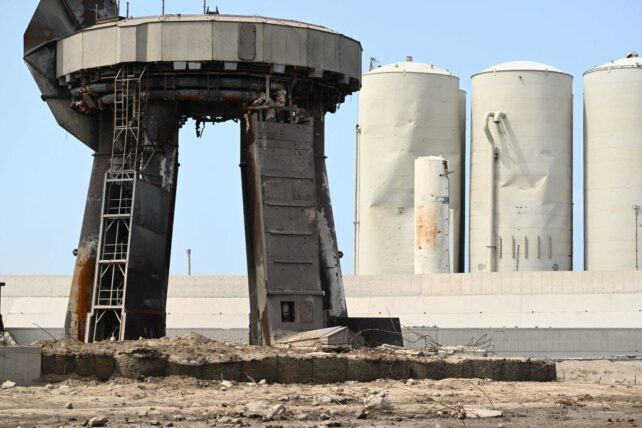
Photos show dents in those fuel tanks on the sides facing the launchpad.
The next day, Musk tweeted that that the launchpad had not actually been finished.
SpaceX had begun building a water-cooled steel plate to go under the launchpad three months prior, according to Musk, but the plate wasn't ready in time. They thought the heat-resistant concrete below the launchpad would survive the 15-million-pound blast of the rocket's 33 Raptor engines.
"Still early in analysis, but the force of the engines when they throttled up may have shattered the concrete, rather than simply eroding it," he said.
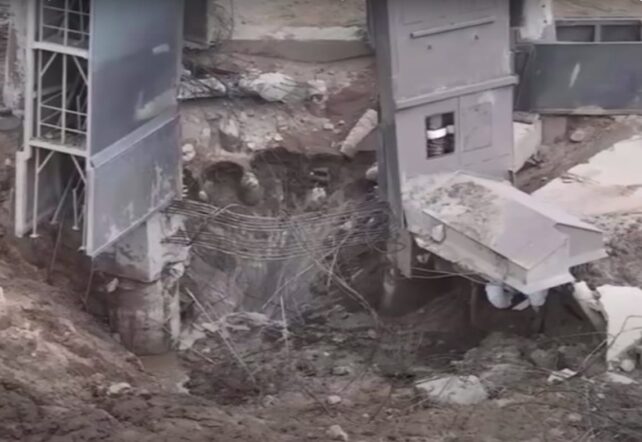
Starship rained debris much further than expected
There were no injuries related to the Starship launch, according to the FAA. However, there were numerous reports of soil and sand raining onto a nearby town.
SpaceX and the FAA expected that debris from an explosion on the launchpad would be limited to a 700-acre area, according to documents from an environmental assessment that SpaceX was required to conduct in order to obtain its launch license. That's about one square mile.
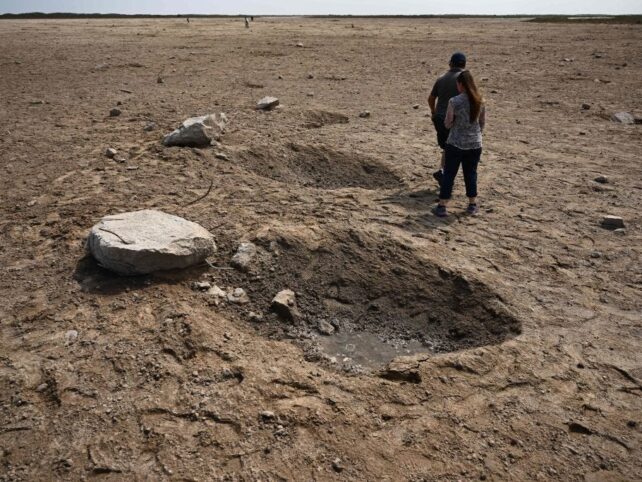
Instead, residents of a town five miles away from the launch site – Port Isabel, Texas – found themselves in an ash-like rain of particulates kicked up during the launch. One resident told Insider that cars, buildings, and windows were covered in dust after the launch and that the rocket made doors shake.
"Cameron County Emergency Management Division has confirmed that the dust that fell this morning in Port Isabel was sand and soil from near the SpaceX launch site that was lofted into the air by the force of lift-off," the city wrote in a Facebook update.
It's unclear how extensive the damage is, or how long it will take for SpaceX to repair the launchpad.
In addition to the mishap investigation, SpaceX must request a modification to its launch license in order to fly another Starship.
This article was originally published by Business Insider.
More from Business Insider: